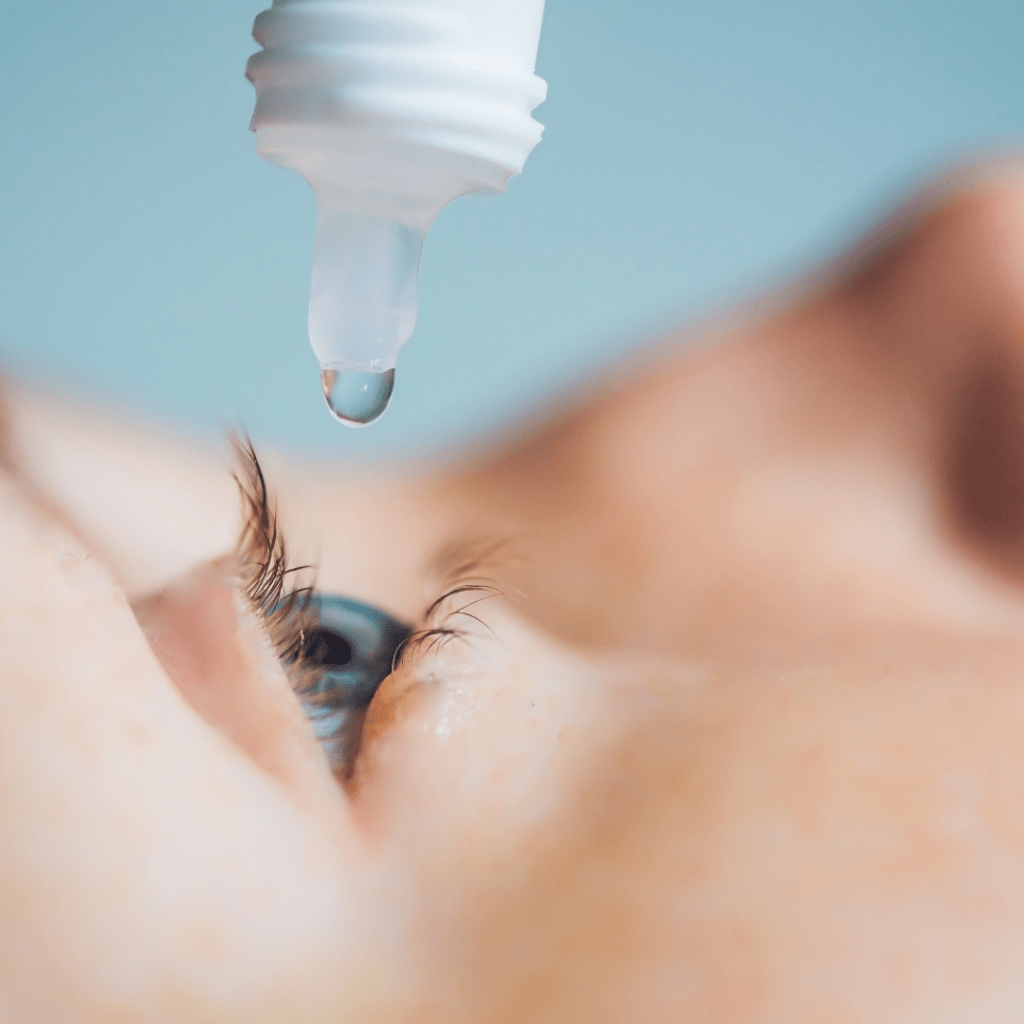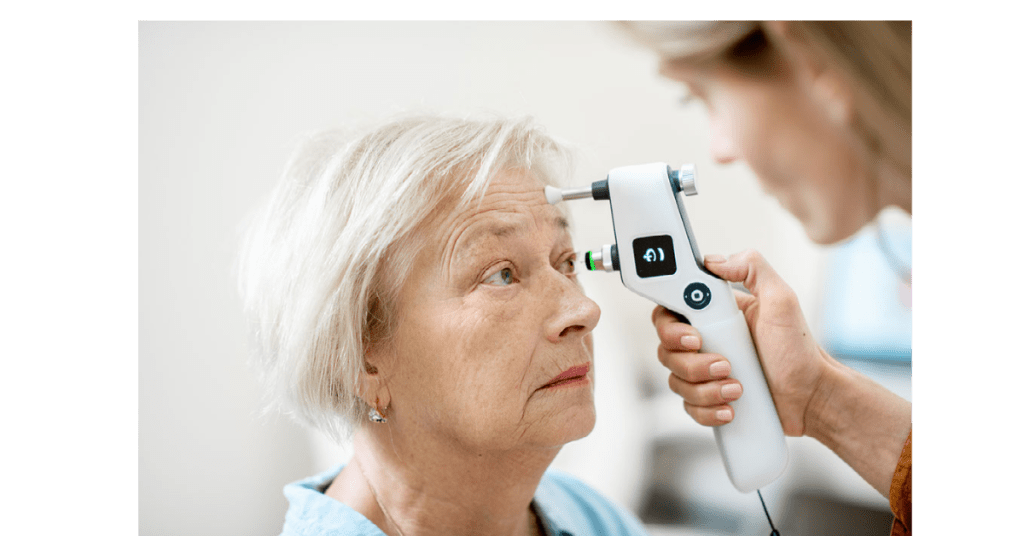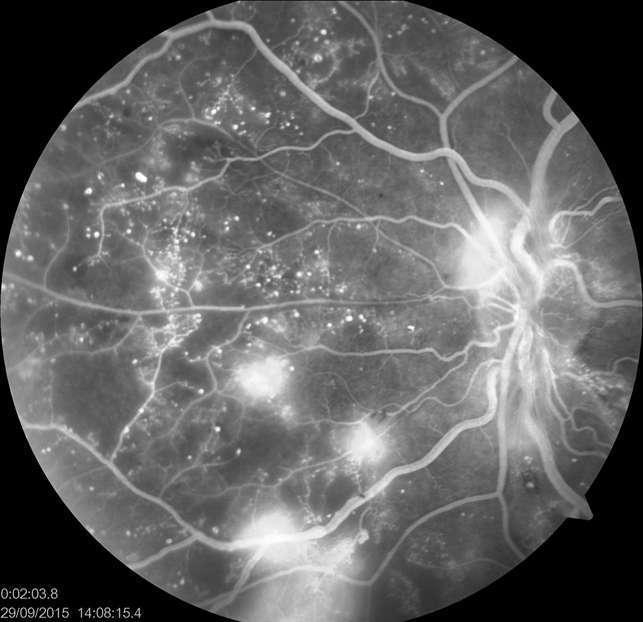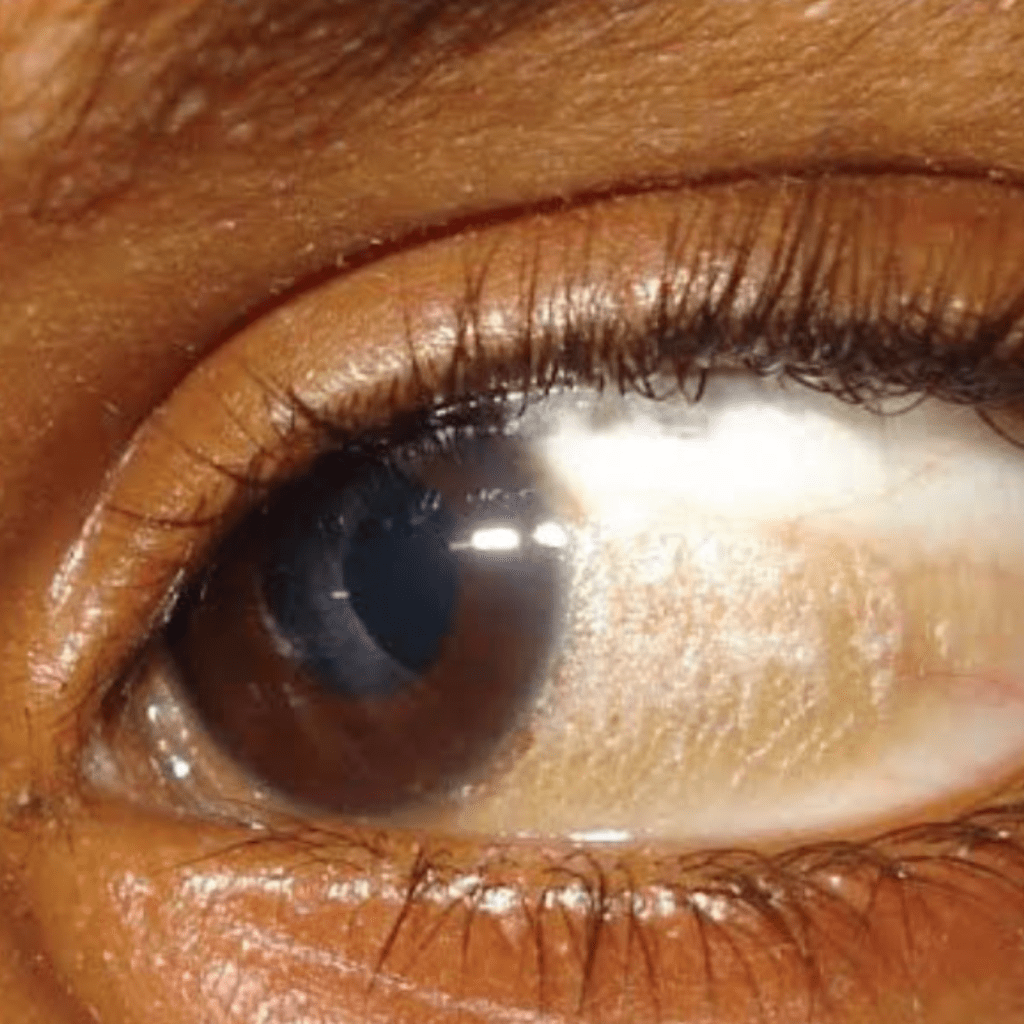According to the WHO, at least 2.2 billion people worldwide suffer from vision impairment. Nearly half of these cases involved vision impairments that could have been avoided or were not addressed.
Uncorrected refractive errors and cataracts are the main causes of vision loss and blindness, followed by Age-related Macular degeneration (AMD), glaucoma, Diabetic Retinopathy (DR), etc.
Additionally, more than half of all nations, particularly those in Africa and South-East Asia, struggle with vitamin A deficiency as a public health issue. Pregnant women and young children are most affected by this deficiency in low-income countries.
ROLE OF ANTIOXIDANTS IN MAINTAINING THE VISION
Reactive oxygen species also referred to as free radicals, are produced by several metabolic processes in the eye and have harmful effects. By reacting with the cells in various parts of the eye, these reactive oxygen species, or free radicals, harm the eyes and cause the most serious conditions that can impair vision, including cataracts, macular degeneration, and even the progression of glaucoma. The antioxidants counteract these adverse effects of free radicals by neutralizing them.
In this article, we will examine why getting rid of free radicals is necessary, as well as how they contribute to the pathogenesis of some of the most prevalent medical conditions that cause blindness:
1. DRY EYE DISEASE:
Pollutants, smoke, and low humidity are some of the harmful external factors that directly affect the exposed part of our eyes. This causes ocular surface disruptions and inflammation, which increases free radical levels in the eye.

The naturally present antioxidants in the normal tear film counteract these damaging oxidants. However, individuals with unhealthy tear films have fewer antioxidants available to fight off free radicals and are more likely to experience dry eye disease.
Omega 3 fatty acids, which are known to have an anti-inflammatory effect, are also helpful in treating dry eyes in addition to antioxidants.
2. Glaucoma:
Glaucoma is a group of diseases causing progressive damage to the sight which finally leads to irreversible blindness.

Increased intraocular pressure, or IOP, is usually the cause of glaucoma. The optic nerve at the back of the eye is compressed by the elevated IOP, which results in irreversible vision loss. The function of the optic nerve is to collect visual information from the retinal cells and transmit it to the brain.
Free radicals in excess can make this condition worse by harming the retinal cells that pass visual signals to the optic nerve.
Additionally, free radicals can also harm the draining angle, which would hinder aqueous flow and raise IOP even more.
Antioxidants fight off these free radicals and can therefore slow the progression of glaucoma.
3. Cataract:
The most common cause of blindness in the world is cataracts, which is the clouding of the lens. A naturally occurring crystalline lens is a nonvascular, transparent structure. This facilitates the passage of light.

The lens is kept clear by a variety of metabolic processes, antioxidant, and pumping mechanisms.
Radiation, aging, and diabetes are the factors that affect the transparency of the lens because they all reduce the antioxidant enzymes.
The lens gets the antioxidant called ascorbate (vitamin C) from the aqueous humor. Ascorbate is a potent antioxidant that effectively neutralizes these reactive oxygen species and delays the formation of cataracts.
Role in retinal disorders:
The metabolically active retina covers the back of the eye. The retina has a layer called RPE or retinal pigment epithelium, that is in charge of eliminating metabolic waste.
The macula is a central structure in the retina that is crucial in creating sharp central vision. Lutein and zeaxanthin are highly concentrated in the macula. These antioxidant macular pigments shield the macula from damaging elements like free radicals and even ultraviolet light from the sun.
Various retinal conditions, including age-related macular degeneration, diabetic retinopathy, retinitis pigmentosa, etc, have been linked to free radical damage.
4. DIABETIC RETINOPATHY

A microvascular complication of diabetes is diabetic retinopathy. Diabetes causes an increase in blood glucose, which weakens the retinal vessel wall.
Retinal tissue with lower levels of the antioxidant enzyme produces free radicals, which further increases inflammation and weakens the vessel wall.
The blood vessels become leaky as a result. The leaking blood vessels release a protein called VEGF that forms new vessels in the retina. These new vessels are fragile and often bleed or create a pull on the retina, resulting in Vitreous hemorrhage and/or TRD (Tractional Retinal Detachment).
Thus, antioxidants are crucial in addition to strict dietary control to protect the retinal vessels.
5. Age-Related Macular Degeneration:
Free radicals and inflammation both cause damage to the outer retina and blood vessels during AMD pathogenesis.

According to the AREDS, AMD can be stopped from progressing by using antioxidants like vitamins C and E, xanthophylls like lutein and zeaxanthin, and minerals like copper and zinc.
These antioxidants are the most effective antioxidants for preventing or lowering the risk of AMD and other eye-related diseases, according to the research.
6. VITAMIN A DEFICIENCY
Vitamin A deficiency is the primary preventable cause of childhood blindness, according to the WHO.
Maternal mortality and other undesirable pregnancy and lactation outcomes are also impacted by vitamin A deficiency.

Vitamin A deficiency is more common in the poor in developing countries and primarily affects children as a result of inadequate dietary intake. Vitamin A deficiency is rare in first-world, nutrient-rich nations, but it can still affect people with inflammatory bowel disease and those who have undergone bariatric surgery.
Due to abnormal cell growth, decreased goblet cells increased keratin deposits, and other negative effects of vitamin A deficiency on conjunctival and corneal epithelial cells, the eye becomes dry and more prone to infections and inflammations.
Foods that protect your vision:
Although food cannot change your prescription for glasses or stop people with genetic predispositions from getting glasses, it can delay or even prevent some eye diseases.
The good news is that antioxidants are abundant in food. Vitamin and mineral-rich foods not only support eye health but also general health.

Fruits, vegetables, nuts, and seeds should all be a part of a healthy diet. A well-balanced diet contains all the essential vitamins and minerals in the right amounts. Generally, healthy individuals can effectively absorb these nutrients.
Here are some of the top sources of antioxidants that your eye require in order to maintain healthy vision:
| Vitamins and minerals | Vegan | Vegetarian (+vegan options) | Non-vegetarian (+vegetarian and vegan options) |
| A | Carrots, sweet potatoes, green leafy vegetables | Milk, cheese, yogurt | Animal liver, and liver products, Eggs, oily fish like sardines |
| C | Citrus fruits, strawberries, Brussels sprout, potatoes, bell pepper | ||
| E | Almond, sunflower seeds, broccoli, hazelnut, peanuts, avocado, mango | Rainbow trout, lobster | |
| Zinc | Legumes, pumpkin seeds, mushrooms | Milk and cheese | Meat, shellfish, eggs |
| Selenium | Chia seeds, sunflower seeds, mushroom, oatmeal, banana | Milk and dairy products like Cottage cheese | Fish, ham, pork, beef, chicken, turkey, eggs |
| Lutein and zeaxanthin | Dark leafy greens like spinach and kale, peas, broccoli | Egg yolks | |
| Omega 3 fatty acid | Flaxseed, walnuts, chia seeds | Oily fish, sardines, tuna and herring |
QUICK SUMMARY:
Antioxidants are superheroes who ward off free radicals and thereby halt some of the diseases that cause blindness. In most of us, well-balanced meals provide all the nutrients our eyes need to maintain good vision. Some of us may require multivitamins as prescribed by the doctor.
